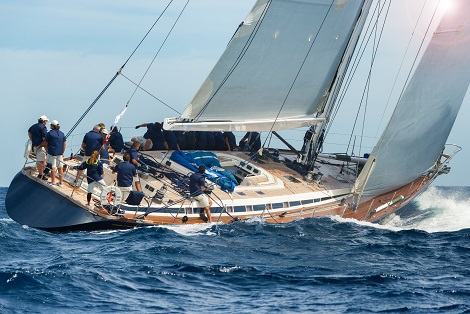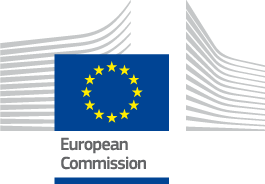Seaking an energy revolution for boats on the high seas

Related topics
Energy Innovation Funding Researchers SMEs European Research Council Innovation in SMEs Secure, clean and efficient energy France Italy Romania United Kingdom NorwayThe amount of energy a yacht consumes means that sailors look to preserve as much power as possible, particularly on long journeys. Electricity consumption must be carefully managed in order to limit or avoid the use of onboard generators which, as well as being large, loud and possibly damaging to the environment, are not as reliable as they could be.
For an alternative to these onboard gensets, researchers have been looking at renewable sources, which can be converted on board – quietly – to continuously recharge boat batteries or supply electric load. Water turbines, wind turbines and solar panels are some of the technological solutions available on the market. But the SeaKERS concept is different.
SeaKERS is an innovative device for generating electricity on boats by recovering the inertial energy created by buoyancy – the longitudinal movement of the boat caused by waves. The Kinetic Energy Recovery System (KERS) device is able to generate a surplus of clean, free energy for recharging batteries. The system works by following the wave’s pattern and combines all the advantages of other renewable energy converters into a single unit, with added benefits.
“Unlike other solutions, SeaKERS doesn’t subtract energy from boat propulsion, like wind and water turbines do, and it generates electricity 24/7, while solar panels work at their best efficiency only during sunny days. In addition, it has the positive effect of acting as a mass dumper, improving the stability of the boat,” says Domenico Serpella, Senior Mechanical Engineer at Labor S.r.l., the lead agency in the SeaKERS consortium.
Developing the tool required collaboration between researchers from various fields to ensure that the device, essentially a mass attached to an oscillating boat through a suspension, achieved the right balance to operate effectively. Recovering too much power would lead to the mass braking, with no energy being generated; too little would mean that energy is available but not being used and converted.
For the device to work, researchers found that it requires an optimum trajectory, enabling it to extract maximum available power (which depends on the forcing wave). The SeaKERS system controller uses this trajectory as a target.
The SeaKERS approach involves:
- An innovative electric device , known as a Magnetic Flux Switching Permanent Magnet machine, that can be used both as a generator when recovering energy, and as a motor to put the SeaKERS device into the right position in relation to the wave. To harvest maximum energy, the device and the waves must move in time with each other.
- A dedicated system controller, which reads sensor data, computes the optimal trajectory for maximising energy harvest and activates the power converter to kick into action.
Getting industry on board
The aim now is to make the device commercially available. Its unique selling point as a kinetic energy recovery system for yachts is its exploitation of the undesired boat movements caused by waves. This can be used to simultaneously power an electricity generator and stablilise the boat, improving onboard comfort. The product can be installed on any sailboat larger than 10 or 12 metres that requires a battery charge independent from the engine.
“The potential market we could target is around 1 000 pieces per year worldwide once the product is well known, or about three million euro per year,” Serpella says. “This reflects the typical market niche of the application.”
Since the EU-funded project ended in 2012, the consortium has continued to work on the product, refining flaws that were discovered during its development.
“The results of the project from a scientific point of view were promising, but not conclusive,” concedes Serpella. “The plan for the future is to submit the product to specialised marine commercial sales networks to sell the license and/or the design. The team will continue working together to develop a smaller, more compact version of the system based on further innovations, which we have seen during the course of our original work.”
